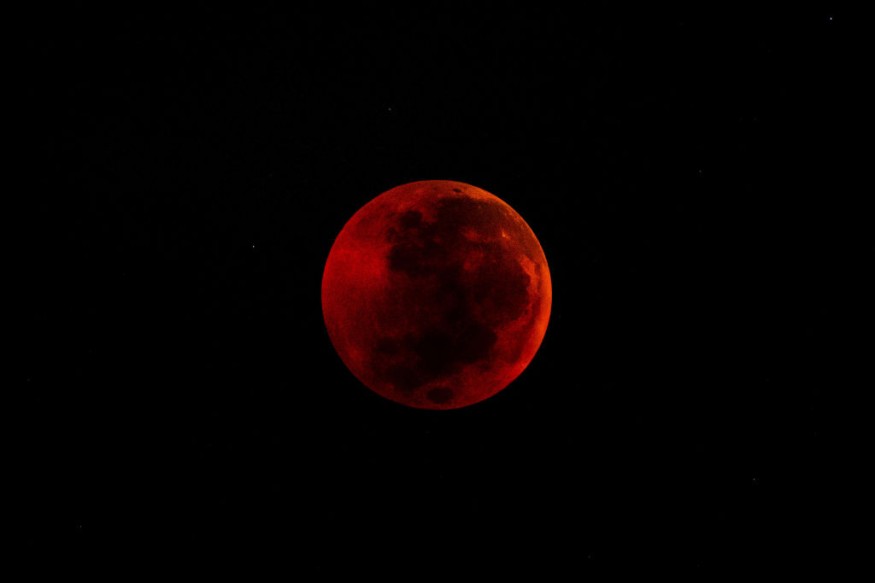This Sunday, stargazers will be treated to a rare treat: a blood moon during a complete lunar eclipse.
Furthermore, the Moon will be termed a "supermoon" since it will be approaching its perigee or closest point to Earth.

May 2022 Lunar Eclipse Details
A super flower blood moon lunar eclipse is happening on Sunday.
When the Earth is between the sun and the Moon, and the Moon goes through the Earth's shadow, a lunar eclipse occurs. According to NASA, a complete eclipse happens when the entire Moon passes into the Earth's umbra, the darkest region of its shadow.
The Moon, on the other hand, isn't completely obscured. After traveling through the Earth's atmosphere, where air pollution acts as a prism, some sunlight reaches the Moon, turning it crimson - hence the moniker "blood moon."
The Moon will rise from the southeastern horizon, becoming darker and redder as it ascends into the sky for a few minutes to a few hours.
When and How to Watch The Super Flower Blood Moon on Earth
The eclipse will begin when the Earth's shadow appears on the moon at 10:27 p.m. EDT Sunday evening. It will last for an hour and the shadow will creep across the moon, plunging the lunar surface into darkness.
The total lunar eclipse will happen when the moon is entirely in the Earth's shadow between 11:29 p.m. on May 15 to 12:53 a.m. on May 16.
Is seeing a moon eclipse risky? No!
It is always completely secure, according to Forbes. Eclipse glasses are only to be used during solar eclipses! According to NASA, all phases of a lunar eclipse are safe to watch with the naked eye or through an unfiltered telescope.
Looking at the Moon during a complete lunar eclipse is no different than looking at it at any other moment. It's maybe even safer because a full Moon can be really glaring. Unlike a solar eclipse, you won't need special glasses or gizmos to see the show, so look directly at the Moon. Binoculars or a telescope will help you see more clearly.
ALSO READ : NASA GOES-16 Satellite Shares Never Been Seen Perspective of Solar Eclipse in Space [Watch]
Full Flower Moon 2022
The Full Moon in May is known as the "flower" moon because "flowers bloom in profusion over North America this month," according to the Old Farmer's Almanac (via USA Today).
The Almanac gets its full moon names from various sources, including Native American, Colonial American, and European sources. Each full moon name was traditionally attributed to the whole lunar month it occurred, rather than just the full Moon.
According to NASA, the Full Moon in May is also known as the corn planting moon and the milk moon.
A supermoon occurs when the Moon seems larger than normal due to its proximity to the Earth.
Supermoons seem roughly 7% larger and 15% brighter than a full moon on average.
According to the Old Farmer's Almanac, there will be four supermoons in 2022.
RELATED ARTICLE : Partial Solar Eclipse in April 2022: Black Moon Will Block the Sun This Week, Here's How to Watch Stunning Phenomenon
Check out more news and information on Space in Science Times.
© 2025 ScienceTimes.com All rights reserved. Do not reproduce without permission. The window to the world of Science Times.











